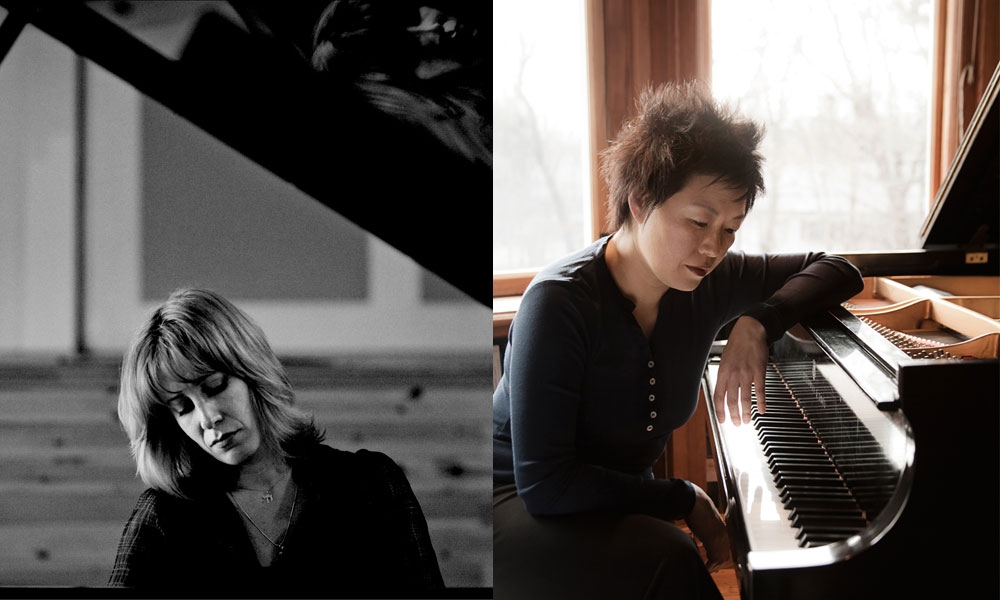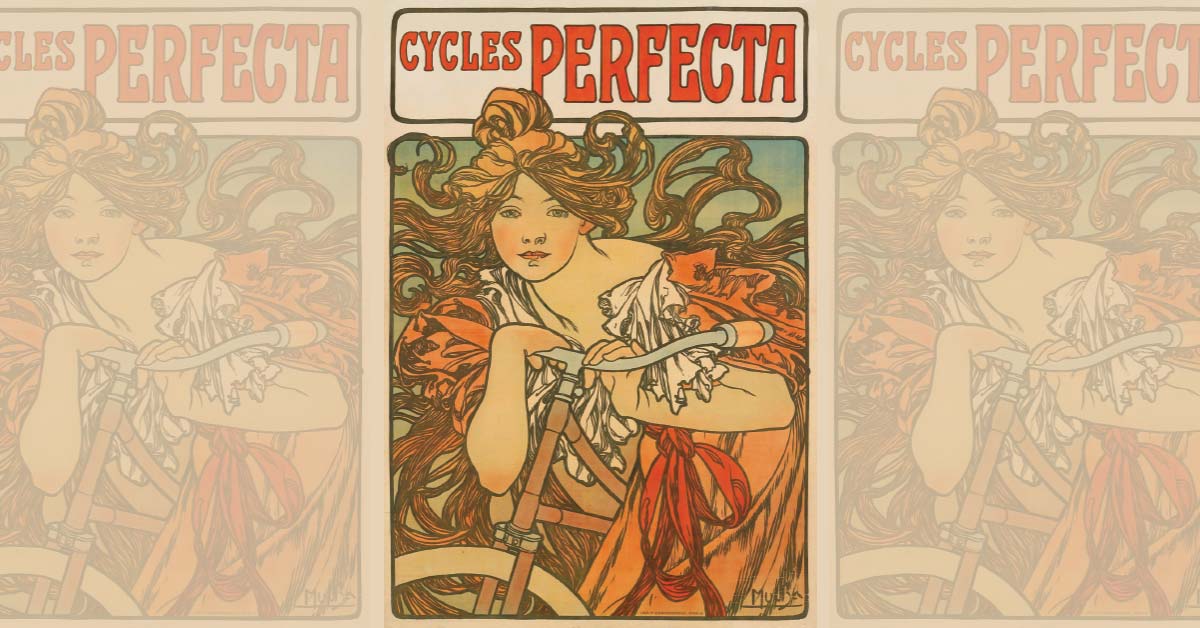When a stage is set with just two pianos, it’s often for a duel. But Tuesday night’s performance from Ingrid Fliter and Katherine Chi was a delicate, and at times forceful, dance between equally matched partners.
The two renowned pianists played together on the seventh night of the Gilmore Keyboard Festival. Seated next to each other at separate pianos, they performed a wide range of pieces written for four hands and two keyboards to a sold-out Dalton Center Recital Hall on Western Michigan University’s campus.
The concert opened with one of the more well-regarded compositions for this arrangement: Schubert’s Fantasia in F Minor. Shifting from soft to more turbulent melodies and back again, the piece was a tour de force, an example of how two pianos could play together and why Chi and Fliter were the right pianists to have this musical conversation.
This was emphasized in the next selection: seven pieces from Bartok’s Mikrokosmos. These shorter, technical compositions had a hint of comedy running throughout. At times, Chi and Fliter would play the same driving rhythm only to suddenly break off and go separate ways.
It’s no surprise that the sound of two pianos was larger than just one. It was, in a way, like listening in surround sound. Generally, a solo pianist will play the melody with their right hand and the low end with their left. Here, Fliter and Chi focused on separate parts, with the force of both hands, but played together, providing something broader than what each could do on their own.
This was juxtaposed in the second half of the concert. After an intermission, Fliter came to the stage for three of Chopin’s Nocturnes (Op. 32, No. 1 and Op. 62, No. 1 and 2). The 2016 Gilmore artist is a prolific player of the Polish composer and drew the audience in with noticeably more quiet — yet emotional — performance.
Chi then played, alone, Boulez’s Sonata No. 1. A modern and dissonant composition, the winner of Canada’s Honens International Piano Competition excelled at the piece, playing something that stood apart from the rest of the night’s bill. The silences accentuated the sparseness, leaving a thirst to hear the second piano return.
Both pianists came back for the closing number, Arensky’s Suite No. 1 in F Major. The piece was like a dance: Chi and Fliter would come together and drift back apart, and we could hear it from both of their perspectives and see how their styles and playing complemented and contrasted each other.
During an encore performance of Dvorak’s Slavonic Dance No. 8, Fliter sat at the right of the piano and Chi to her immediate left. Seeing four hands on one keyboard playing an upbeat dance was a delightful culmination of the night’s setting.
At the end of this piece, like the others before, Fliter and Chi were smiling and talking to each other. It was clearly fun for the two musicians to play together, as it was for the audience to watch this unique treat that would arguably be unlike anything else during the two-week festival.
Fliter & Chi
Dalton Center Recital Hall
May 1
thegilmore.org





